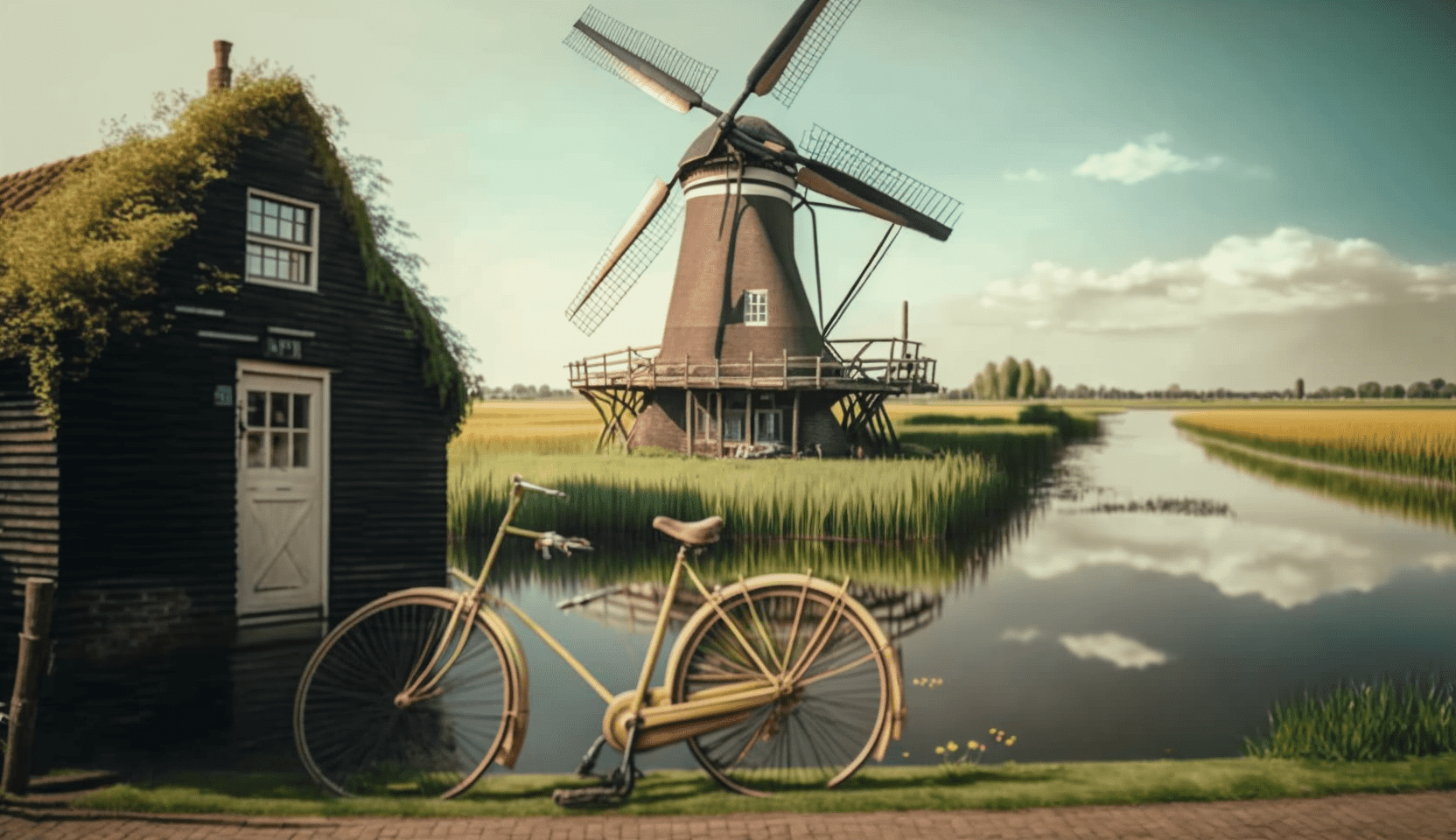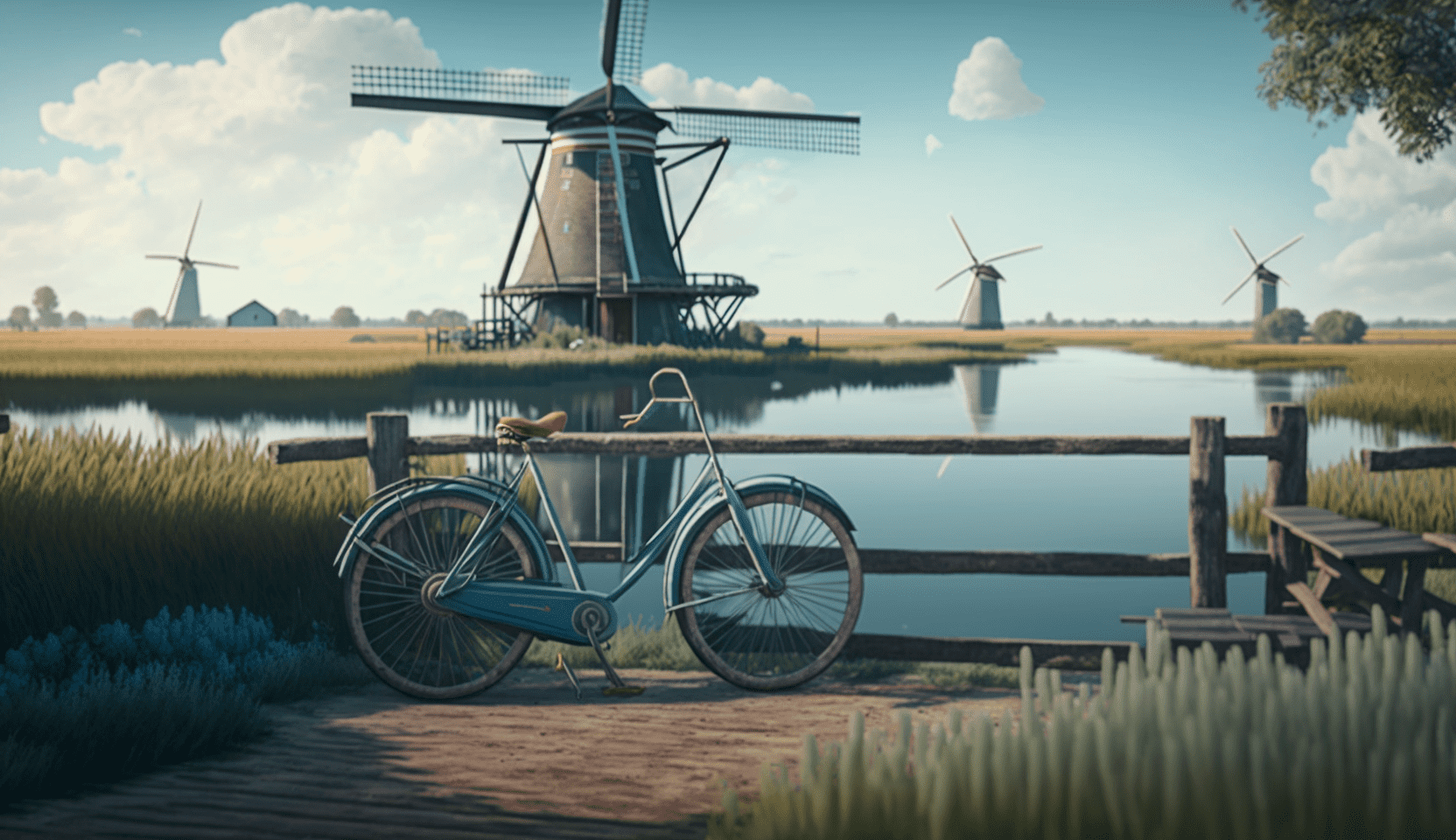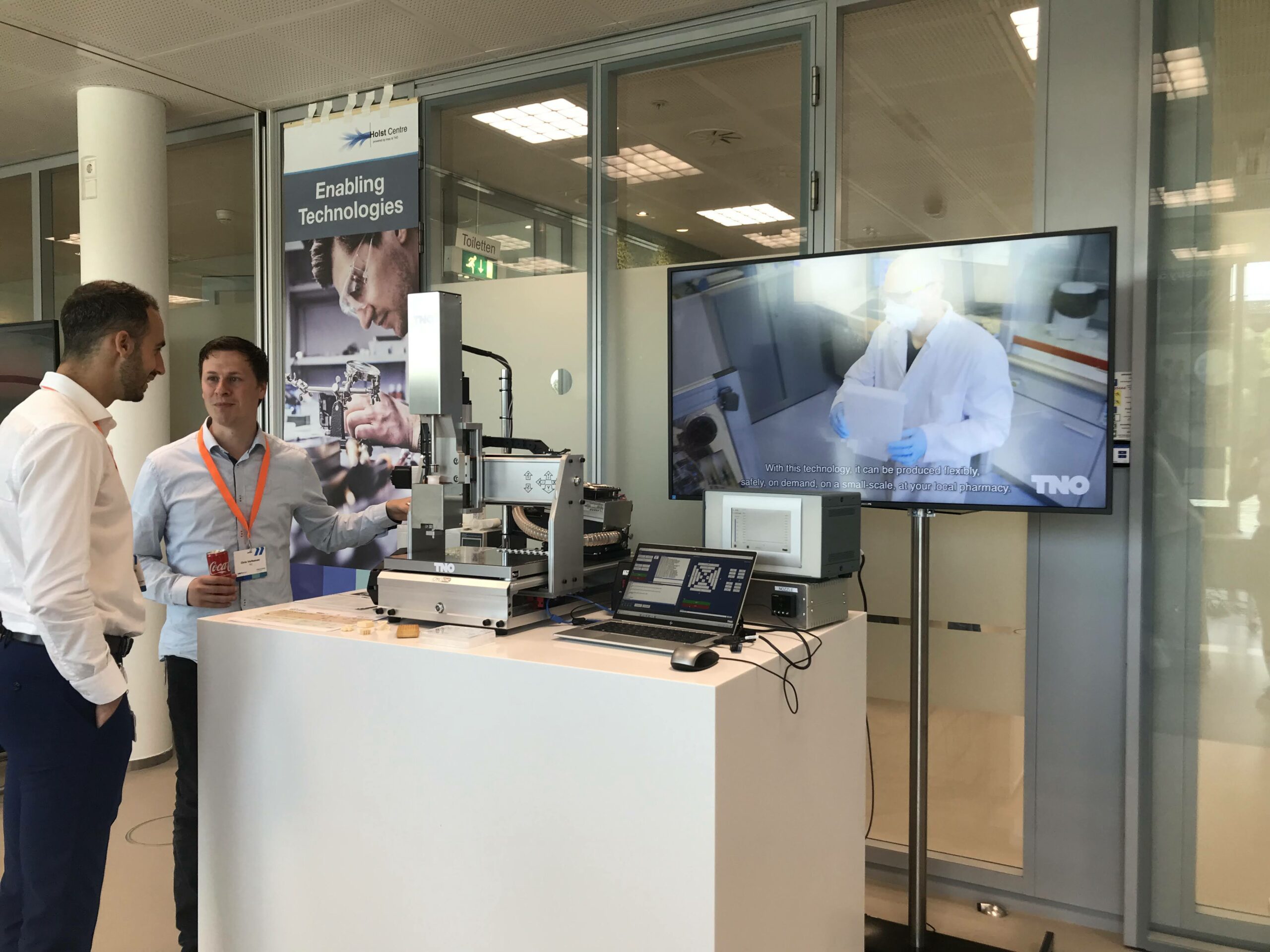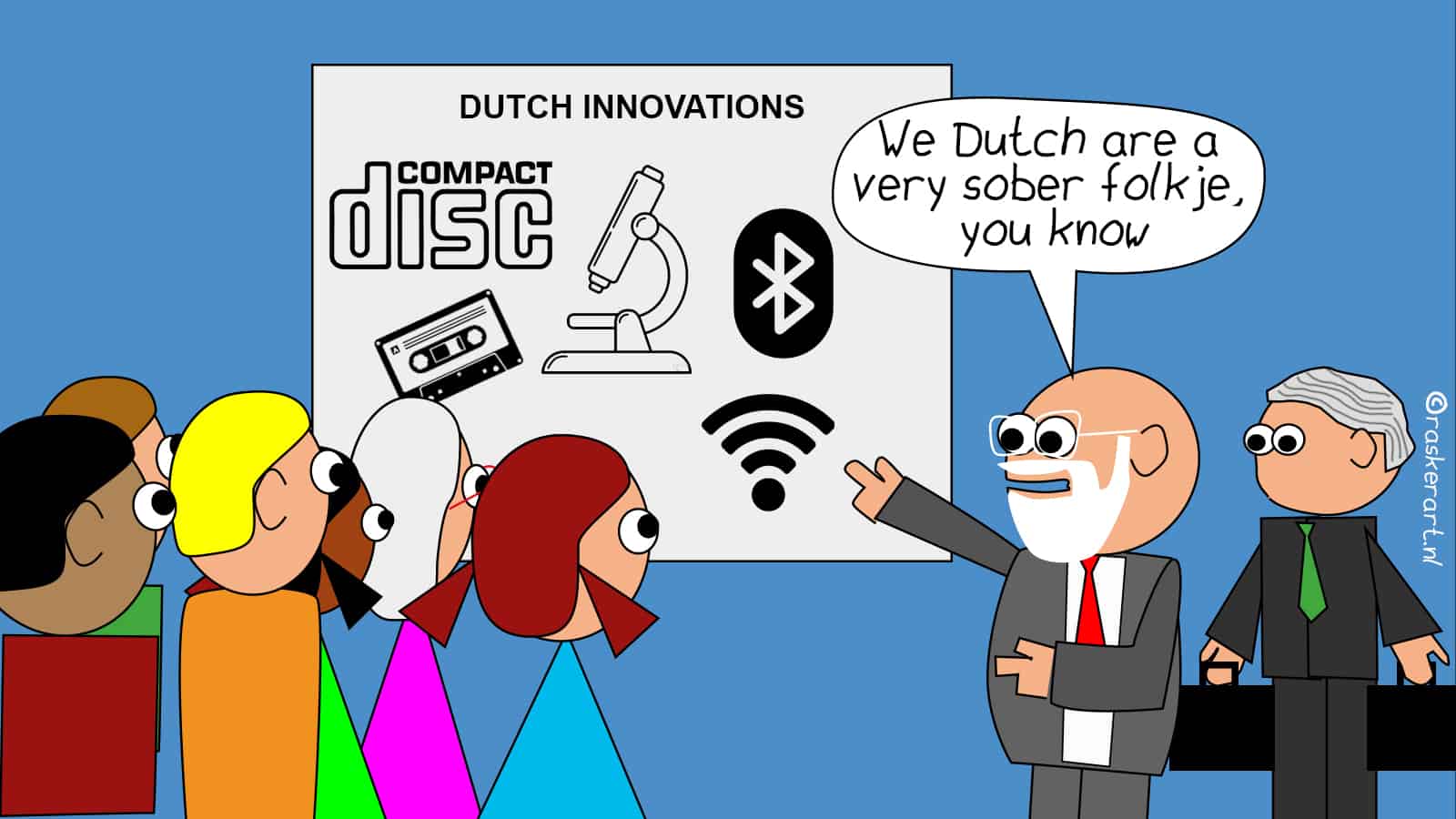
What is typical about Dutch Innovation? Can we coin it as a concept, like Dutch Design? And is that an opportunity to position the Netherlands more strongly on the world stage as a leading innovation country? In a three-part series in preparation of of the Dutch Innovation Days, May 11, 12 and 13 in Enschede, we explore the opportunities and limitations of Dutch innovation. Today, part 2: what distinguishes the Netherlands when it comes to the major innovations needed in this day and age? Read part 1 here.
“It’s all about a down-to-earth mentality, paired with a typically Dutch product,” says Fred Roozeboom, professor emeritus in the Inorganic Membranes group at the University of Twente and currently also a consultant at Carbyon. He doesn’t have to think long about the examples. “For example, I think the Apeldoorn invention of a notch in biscuits is a very nice one, or the breeding of tomato seeds: very worthwhile because a kilo of tomato seed is often more expensive than a kilo of gold. Or look at constructing intelligent sensor networks under bicycle paths as is done on the TU Delft Campus.” German, Flemish, American, and Chinese societies tend to be more hierarchical and less articulate in nature, says Roozeboom. “So these kinds of ‘down-to-earth’ ideas may not arise as spontaneously there.”


The lack of hierarchy is an often-mentioned characteristic of Dutch innovation. Professor Maarten Steinbuch (TU Eindhoven), the founder of the innovation-focused Eindhoven Engine, sees several advantages of this: “We can achieve things through a focus on the content and via open channels, not by hierarchical structures. You can clearly see the effect of this mentality in the many successful student teams in our country. Dutch people consider their peers more important than their bosses. In our student teams, therefore, there is no group leader. Everyone takes their own responsibility; that’s how you can innovate very quickly.”
You see the same thing in other innovative teams, according to Steinbuch. “The Netherlands, with its anti-authoritarian corporate culture, offers an excellent basis for innovation through collaboration.” Steinbuch’s advice is to make every innovative initiative part of one or more ecosystems. In fact, the student teams that Steinbuch applauds are already mini-ecosystems, he says.
“The Netherlands, with its anti-authoritarian corporate culture, offers an excellent basis for innovation through collaboration.”
Maarten Steinbuch
Vertical and horizontal
Marc Hendrikse, chairman of Holland High Tech, sees the Netherlands as “one of the most anti-hierarchical countries in the world for centuries.” And he says that applies both vertically and horizontally. “Both help in innovation and give the Netherlands an exceptional position in that field. The vertical anti-hierarchy means that a highly trained physicist (or any other specialty) can speak directly and equally with the person at the milling machine. Whereby the latter can indicate in plain language that a specific part cannot be made the way the highly trained person has drawn it, but alternatively, with modifications, this can be done. This is then also respected by those same highly educated people. That is hardly possible in any other culture.”

But it also applies horizontally: “A mechanic believes he knows better than an electronic engineer how they should solve a problem. Or than a chemist, or than a software specialist. But that applies back and forth; they can all be deeply stubborn. If you put those people together in a room and let them think about the solution to the complete machine or complete problem, the best solution for the whole system comes out of that. We call this systems engineering, and the Netherlands is the world champion in this. This is also very difficult to achieve in other cultures, where people are more organized in technological pillars and do not dare to address each other on their field of expertise.”
Focus
According to Ton van Mol, TNO director at Holst Centre, this lack of hierarchy leads to exceptionally approachable people who can help move your innovation forward. But there is more that sets the Netherlands apart, he adds. “I see at least three other essential elements. We are better than anyone else at bringing focus and at collaborating within ecosystems, but in addition to that, you also shouldn’t underestimate how important Philips’ legacy is, even today.”
According to Van Mol, bringing focus is a quality arising partly from our limitations. “Take battery research as an example. In Germany, this is looked at very broadly. Every technology, every design, and every application is examined super thoroughly. They don’t want to miss anything. That is, of course, very useful, but it also costs an enormous amount of money. In the Netherlands, we don’t have the resources for that, so we make choices at an early stage. As a result, we can go into depth faster, for example, with silicon and graphite.”

The importance of collaboration, also mentioned by Steinbuch, is Van Mol’s second element. “That is a very typical Dutch characteristic. The triple helix cooperation in Brainport or in Twente is a good example of it. Or look at how ASML handles its supply chain. The deliberate choice not to develop everything in-house but rather to anchor the responsibility for the products deep in that chain ensures the quality that ASML needs. It is also one of the guiding principles for us here at Holst Centre.”
Then Philips: its importance extends far beyond the Eindhoven region, according to Van Mol. “Philips is still the source of a lot of innovation. That is evident in companies like VDL ETG, ASML, Signify, and many more that all emerged from the parent company, but also in the networks and the way of working that still exists.” Maarten Steinbuch, who started his career at Philips, also still sees the Philips mindset. “Philips is a binding concept, a kind of virtual family.”
Innovate smarter
Like Van Mol, Bert-Jan Woertman, currently the director of Mikrocentrum but previously active for TU/e Innovation Space and High Tech Campus, also sees the great importance of collaboration. “To remain competitive with foreign countries, innovation is the only way for the Netherlands. It is no secret that our country has few raw materials. Moreover, our wages are high compared to other countries, and we don’t want to compete at the expense of the environment. Therefore, the key to maintaining our lead lies in innovating smarter than the rest of the world. And smart innovation is done together in value chains and ecosystems. Knowledge clusters, triple helix cooperation, innovation districts, and campuses are not empty concepts in this regard. They are places where cooperation and trust are central and where companies actively share knowledge, networks, and facilities. This enables Dutch companies to innovate better, faster, and cheaper.”
So, according to Woertman, the success of Dutch Innovation does not depend solely on technical innovation, even if it always starts there. “It is mainly about social innovation, working together in smart networks, based on mutual trust and common sense. Dutch Innovation is about granting each other success and allowing economic growth and social welfare to go hand in hand.”
Dutch Innovation is a way of thinking and acting that has become second nature in the Dutch high-tech and manufacturing industry for many years, he emphasizes. “Dutch companies, from Philips to Lely and from ASML to Ampelmann, have been playing at Champions League level in global markets for years. We owe this not only to our knowledge and expertise but especially to our trust in social innovation. It is a formula that is also applicable outside the high-tech and manufacturing industry.”
Willpower
Back to Fred Roozeboom, who, despite all the justified references to uniquely Dutch characteristics, also wants to emphasize that several universal personal and collective characteristics are at least as essential. “Think of intrinsic aspects such as curiosity, pioneering spirit, willpower, hobbyism, laziness, and dutifulness: the perseverance to really put an initiative or a new concept on the market. In addition, extrinsic aspects such as eagerness and profit-seeking always play a role.”






